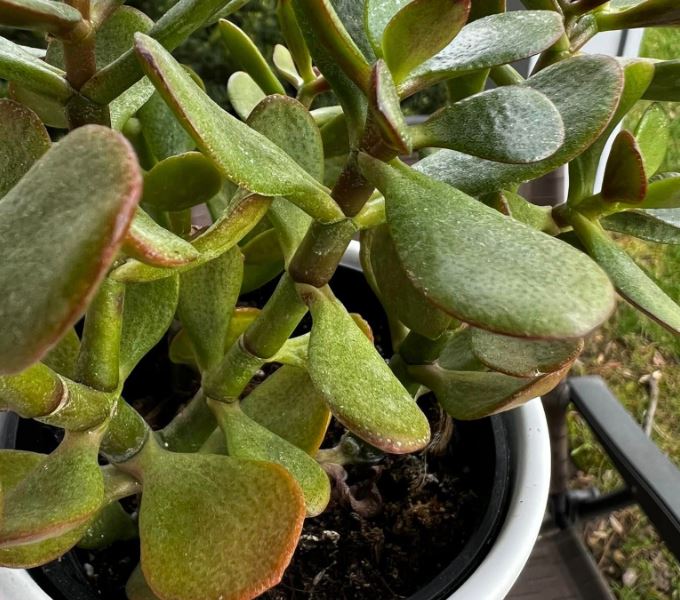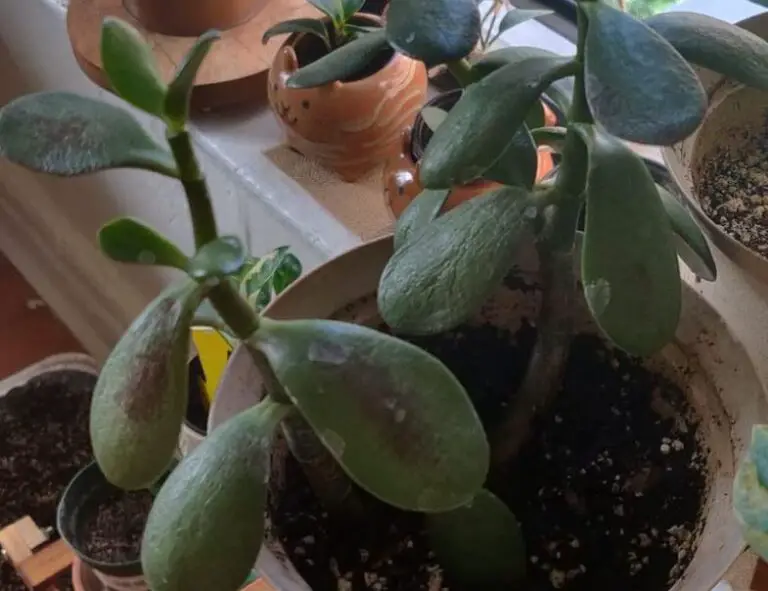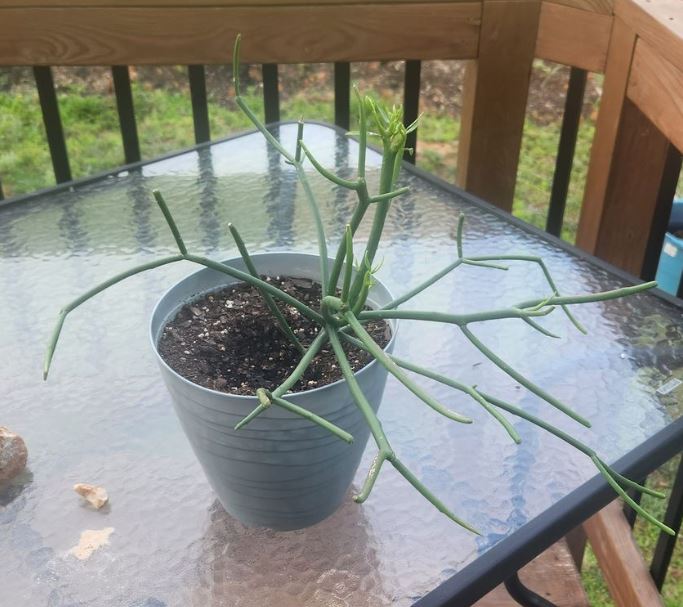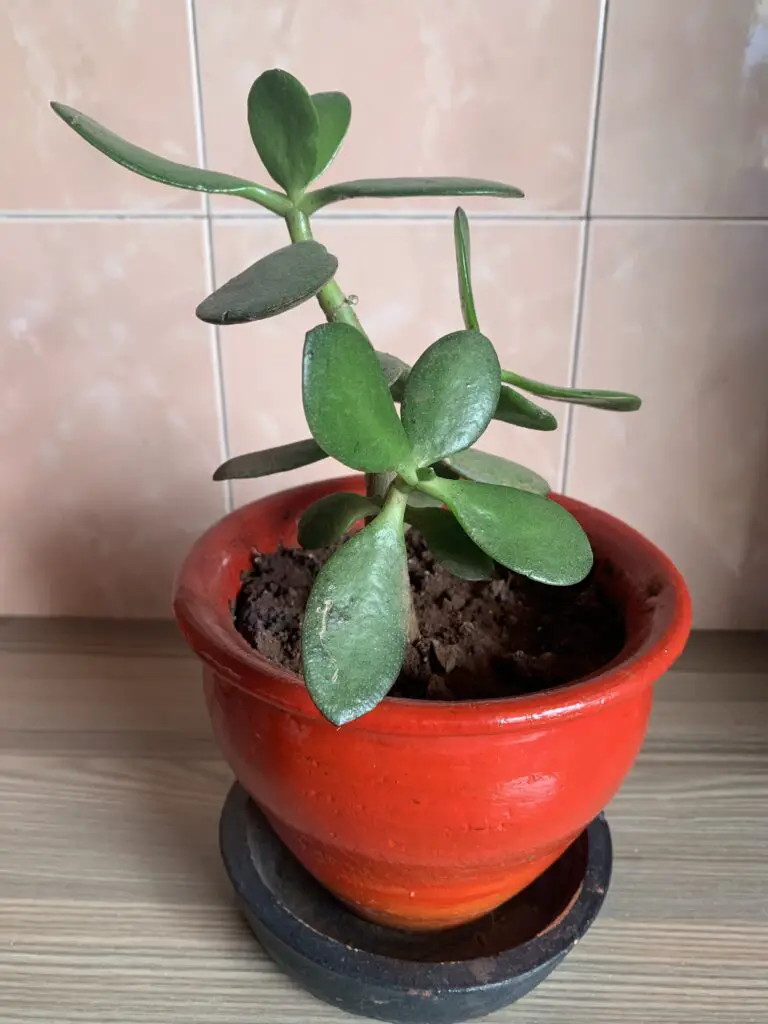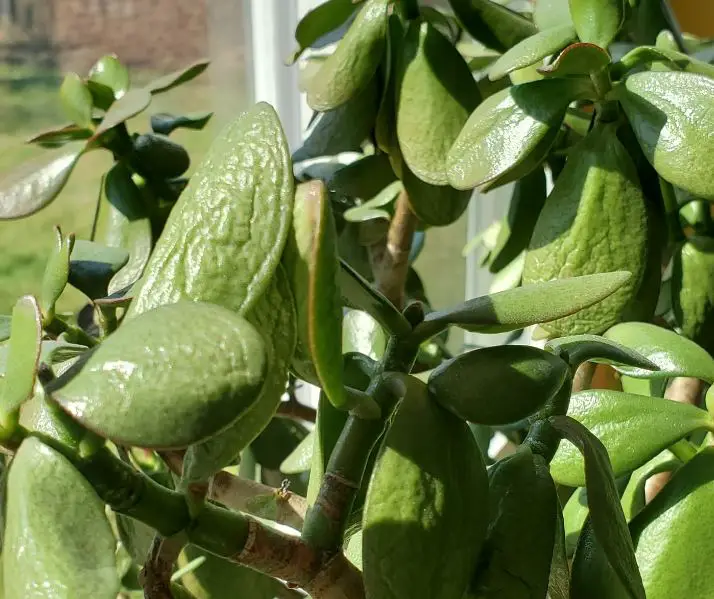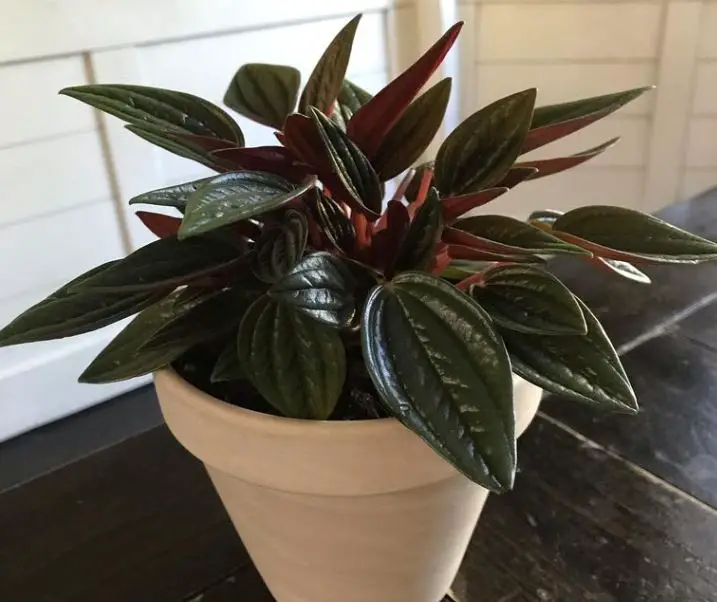What Does an Overwatered Aloe Plant Look Like?
Aloe vera is one of the easiest succulents to care for. This plant can survive total neglect and you don’t need to water it too often. One of the common aloe vera plant care problems is overwatering. It is the leading killer of succulents and other houseplants.
So, what does an overwatered aloe vera plant look like?
The aloe vera plant turning brown and soft is one of the obvious signs of overwatering. The roots may also become dark and mushy indicating rot. If action is not taken the whole plant will collapse and die.
In this guide, I’ll explain how to tell if you have overwatered your aloe vera plant and what you can do to save it before it’s too late.
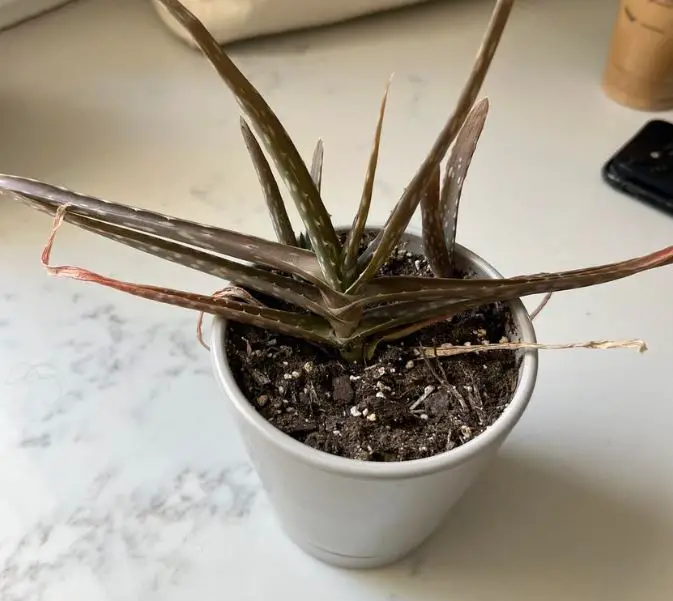
Overwatered aloe plant symptoms
As a succulent, the aloe vera plant can store water in its leaves, stems, and roots. This means it can go for an extended period of time without the need for watering. As such, you don’t need to water it often as other houseplants. Overwatering may cause root rot and other fungal problems.
The roots of succulents need oxygen to remain healthy and function properly. Excess moisture in the soil deprives roots of oxygen causing them to suffocate and die. This means the plant won’t receive water and nutrients as needed. Bacteria and fungi that cause root rot also thrive in damp soil conditions.
Sometimes a sunburnt aloe vera plant may show symptoms similar to those of overwatering. Aloe vera turning brown and soft is one of the obvious signs of underwatering. When severe, the aloe plant roots may become dark and mushy, indicating rot.
Root rot is a very difficult condition to treat. In most cases, removing the damaged parts and repotting the plant in fresh well-draining soil may save the plant.
How to fix an overwatered aloe plant
To confirm if your houseplant is overwatered, insert a finger in the soil to check the moisture level. If the soil feels soggy and your aloe plant looks unhealthy, take action immediately to try and save it. The longer you wait the more it becomes impossible to save the plant.
Here’s what you need to do
- Take the aloe plant out of its pot and carefully examine the roots. Gently shake off excess soil to get a clear view of the root system. Healthy roots will appear whitish in color and without any foul smell.
- If the roots look brown, mushy, or rotten, trim them using a clean, pair of scissors or pruning shears. Remove only the damaged parts while keeping as many healthy roots as possible.
- Place the plant in a clean, dry place and allow the roots to dry out for a day or two. This will help prevent the rot from spreading.
- Prepare a well-draining soil mix preferably a mixture of cactus or succulent soil with some added perlite or pumice to improve drainage.
- Get a sizeable pot that has drainage holes where excess water can escape. A pot that is too big can also cause overwatering.
- Place the aloe plant in the new pot and fill in with your succulent mix. Gently press the soil down around the root ball to provide stability to the plant.
- After repotting, avoid watering the aloe plant for a few days to give the roots time to recover and adjust to the new conditions.
- Going forward, water the aloe plant sparingly. Allow the soil to dry out almost completely between watering sessions.
- Place the plant near a sunny window, but avoid exposing it to intense, direct sunlight, especially during hot afternoons.
- Keep an eye on the plant over the next few weeks. If new growth appears and the plant looks healthy, it means that you’ve successfully nursed your aloe back to health.
How to water aloe vera plant the right way
Aloe vera plants are drought tolerant and they usually don’t require frequent watering. As with other overwatered succulents, excess moisture in the soil can lead to root rot and other fungal issues. Typically, watering the aloe vera plant once every 2 to 4 weeks should be sufficient.
Before watering, it’s important to check the soil’s moisture level. Simply stick your finger into the soil. If it feels dry, water thoroughly around the base of the plant until you see water flowing out through the drainage holes at the bottom of the pot. However, do not let the plant sit in standing water.
The frequency of watering aloe plants may vary based on factors like climate, humidity, and the size of the pot. During the fall and winter, aloe plants should be watered only once every 4 weeks. Plants don’t use much water when dormant, too much watering can cause them to die.
Final thoughts
Aloe vera plant prefers soils that drain sharply. So, pay attention to how your plant responds to watering. If the leaves become mushy, discolored, or start wilting, it could be a sign of overwatering. Repot the plant in well-draining soil and adjust your watering accordingly.
A crucial step in aloe plant care is allowing the soil to dry out between watering sessions. The rule of thumb is to insert a finger in the soil to check the moisture level before watering. If you’re unsure about the soil’s moisture level, you can use a houseplant moisture meter to get a more accurate reading.
My name is Diane M Lewik, and I am the founder of this website. I am a degree holder in plant biology from the University of California – Berkeley. Over years, I have cultivated a vast collection of succulents and I have learned a great deal about how to grow and care for these unique plants.
